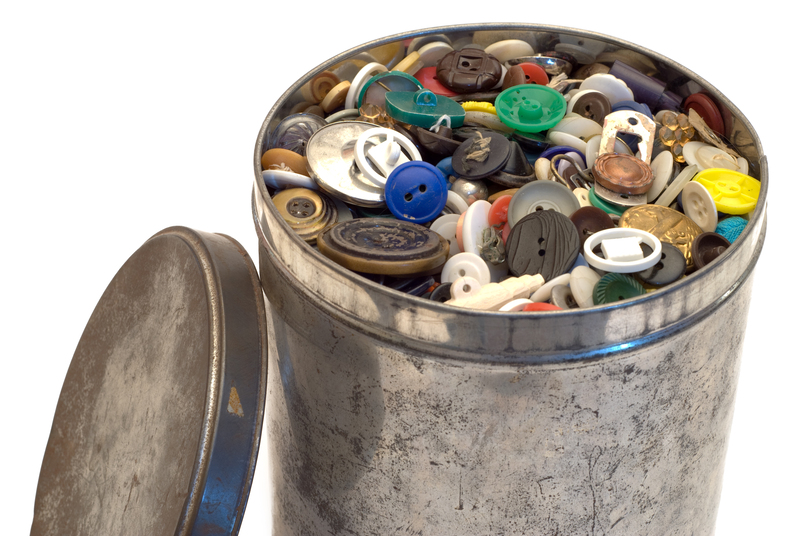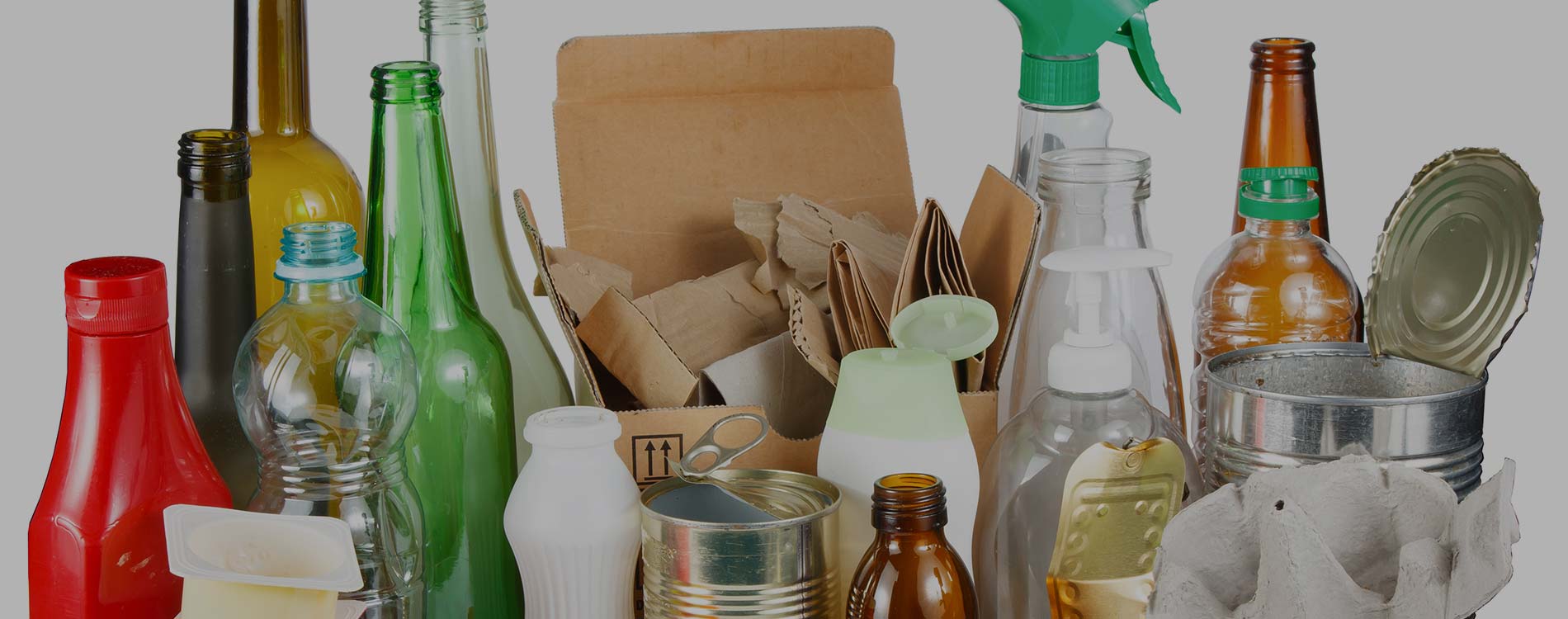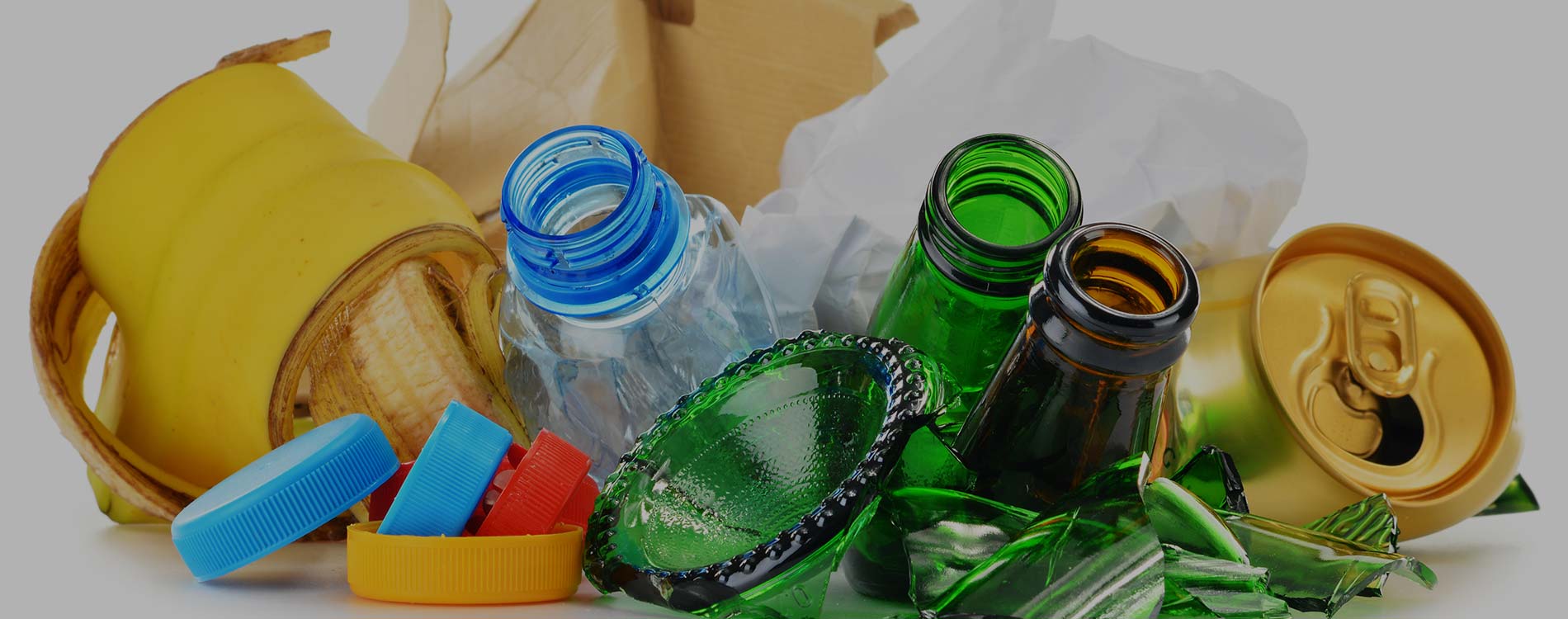Smart Solutions for Packaging and Cardboard Disposal
Posted on 23/06/2025
Smart Solutions for Packaging and Cardboard Disposal
In today's world, where sustainability and environmental responsibility are becoming critical, businesses and households alike are searching for smart solutions for packaging and cardboard disposal. The exponential increase in online shopping, as well as product shipment and storage requirements, have skyrocketed the demand for innovative approaches to both packaging and the responsible management of cardboard waste. In this comprehensive guide, we'll explore the latest advancements, green practices, and cutting-edge technologies that promote sustainability, enhance efficiency, and deliver real-world benefits.

Understanding the Packaging and Cardboard Challenge
The packaging industry is a double-edged sword: it delivers convenience, protection, and branding but also generates massive amounts of waste, most commonly in the form of cardboard boxes and other corrugated materials. To address this issue, both businesses and individuals need to find effective packaging and cardboard disposal solutions that are environmentally friendly and economically viable.
The Environmental Impact of Cardboard Waste
- Volume: Cardboard often accounts for a significant portion of municipal and industrial waste stream.
- Recyclability: While inherently recyclable, not all cardboard gets recycled due to contamination and logistics challenges.
- Resource Consumption: Cardboard production consumes large quantities of water, energy, and wood pulp.
- Greenhouse Gas Emissions: Decomposing cardboard in landfills emits methane, a potent greenhouse gas.
To mitigate these impacts, smart packaging solutions and efficient cardboard disposal systems are urgently required.
Innovative Smart Packaging Solutions
Modern businesses are leveraging technology and design thinking to revolutionize packaging. Here's how you can adopt smart packaging solutions that minimize environmental impact and optimize space and cost.
1. Right-Sizing and Customization
- Automated Box Makers: These machines size packages precisely to product dimensions, reducing excess cardboard use and improving space utilization during shipping.
- Modular Packaging Design: Design that allows for nesting or stacking, minimizing waste during transport and storage.
- On-Demand Packaging: Produce boxes and packaging materials as needed, eliminating over-ordering and subsequent disposal issues.
2. Smart Materials in Packaging
- Biodegradable Cardboard: Enhanced cardboard composites that break down more rapidly and safely in natural environments.
- Recycled Content: Enforce the use of post-consumer recycled fiber in cardboard manufacturing.
- Water and Oil Resistance: Treatments that don't compromise recyclability but provide greater product protection.
3. Digital Tracking and Sustainability Metrics
- IoT-Enabled Packaging: Sensors can track package location, temperature, humidity, and shock, reducing wastage due to spoilage or damage.
- Sustainability Reporting: QR codes and smart labels inform consumers about how to dispose of packaging responsibly.
- Inventory Tracking: Automated record-keeping of packaging usage to optimize future orders and disposal planning.
4. Minimalist and Reusable Packaging
- Minimalist Packaging Design: Use only what is necessary for protection and branding, reducing waste at the source.
- Returnable and Reusable Boxes: Durable cardboard packaging designed for multiple shipping cycles.
- Multi-Use Packaging: Boxes that convert into functional items, like storage bins or playhouses.
Efficient Cardboard Disposal Techniques
Smart solutions for cardboard disposal revolve around maximizing recycling rates, reducing contamination, and leveraging technology for process improvements.
1. Cardboard Compactors and Balers
- Automated Balers: Compress large amounts of cardboard into manageable bales, significantly reducing the volume for transport and preventing windblown litter.
- Smart Monitoring: Many modern compactors feature IoT sensors for remote monitoring, alerts when bins are full, and usage analytics.
2. Community Recycling Programs and Drop-Offs
- Single-Stream Recycling: Simplified systems where all recyclables, including cardboard, are placed together; sorting is done at the facility.
- Dedicated Cardboard Collection: Special drop-off sites or curbside pickup exclusively for cardboard and paperboard.
- Awareness Campaigns: Educate households and businesses about proper preparation: flatting boxes, removing plastic tapes, and keeping cardboard dry.
3. Industrial-Scale Recycling Innovations
- AI-Powered Sorting: Advanced sorting lines utilize artificial intelligence to separate cardboard by grade and remove contaminants.
- Energy-Efficient Pulping: Modern mills employ more sustainable techniques to turn recycled cardboard into new products while minimizing water and energy usage.
4. Closed-Loop Recycling Systems
- Corporate Take-Back Programs: Retailers or manufacturers take responsibility for used packaging, ensuring a higher recycling rate through closed-loop collection.
- Onsite Recycling for Large Generators: Malls, warehouses, and manufacturers can process cardboard waste independently and sell high-quality bales to recyclers.
5. Composting and Alternative Disposal
- Cardboard as a Compost Component: Untreated and uncoated cardboard can be shredded and composted, enriching soil structure when mixed properly with green waste.
- Material Innovation: Some smart solutions use waste cardboard in bioengineering, insulation, or even as a feedstock for new biodegradable products.
Best Practices for Businesses and Consumers
Implementing smart packaging and cardboard disposal practices doesn't require a complete overhaul. Here are actionable steps businesses and consumers can take:
For Businesses
- Audit Your Packaging: Assess how much packaging and cardboard you use. Identify opportunities for reduction and redesign.
- Choose Smart Suppliers: Partner with packaging vendors who offer eco-friendly materials and take-back services.
- Educate Employees: Train staff on preparing cardboard for recycling and how to use compactors or balers safely.
- Promote Take-Back Initiatives: Offer incentives for customers to return used packaging for recycling or reuse.
- Track Performance: Use digital tools to monitor how much cardboard is being recycled versus discarded.
For Consumers
- Flatten and Clean Boxes: Remove labels, plastic wrap, and other contaminants before recycling.
- Reuse When Possible: Save sturdy boxes for storage or gifting.
- Support Brands with Responsible Packaging: Favor companies that prioritize recyclable or reusable packaging.
- Participate in Community Programs: Take advantage of local recycling drop-offs, composting sites, and bulk collection days.
Emerging Technologies for Smart Cardboard Disposal
As technology evolves, so do options for smarter disposal of cardboard packaging. The future promises even more sophisticated and user-friendly methods, ensuring improved recycling rates and greater environmental stewardship.
Artificial Intelligence and Robotics
- Smart Sorting Robots: Automated arms and adaptive conveyor systems sort and process cardboard with minimal human intervention, reducing labor costs and error rates.
- Machine Learning Analytics: Algorithms track recycling streams, identify bottlenecks, and suggest operational improvements for both public works and private businesses.
Track-and-Trace Packaging Systems
- Digital Watermarking: Hidden codes printed on cardboard facilitate tracking, authenticity checks, and disposal instructions.
- Smart Bin Sensors: Sensors in recycling receptacles alert waste management providers when bins are full and optimize pickup routes, cutting fuel use and labor.
App-Driven Recycling Services
- On-Demand Collection: Mobile apps connect users to recycling service providers for cardboard and other bulky waste.
- Recycling Education Apps: Interactive guides help consumers learn best practices and gamify the recycling process.

The Business Case for Smart Packaging and Cardboard Waste Solutions
Adopting smart cardboard disposal tactics and innovative packaging brings multiple advantages beyond environmental stewardship. Here's why it pays to be proactive:
- Cost Savings: Less waste means lower disposal fees, more efficient transportation, and possible revenue from selling recyclable bales.
- Customer Loyalty: Today's consumers value sustainability; green packaging boosts brand reputation and loyalty.
- Regulatory Compliance: Many regions enforce packaging waste laws; smart solutions help meet or exceed regulations.
- Operational Efficiency: Organized, consistent recycling and disposal improve workplace tidiness and workflow.
- Reporting and Transparency: Digital tracking enhances environmental, social, and governance (ESG) reporting.
Final Thoughts: Building a Smarter, Greener Future
The journey towards smart solutions for packaging and cardboard disposal is already well under way. Whether you are a business leader, supply chain manager, or an eco-conscious consumer, today's tools and strategies make it simpler than ever to act responsibly and efficiently.
- Stay Informed: New innovations and best practices are constantly emerging. Join industry groups, subscribe to green packaging newsletters, and follow regulatory updates.
- Collaborate: Work with suppliers, customers, and community groups to share resources and maximize recycling outcomes.
- Invest in Technology: Consider pilot projects with smart compactors, tracking software, or next-gen recyclable materials.
- Educate and Inspire: Encourage your network to take actionable steps toward smarter packaging and disposal.
By embracing innovative cardboard disposal techniques and adopting smart packaging approaches, you are not only doing your part for the environment but also strengthening your brand, enhancing efficiency, and preparing for a future where sustainability is the norm. Take that first step today--your planet and your bottom line will thank you!

 020 3744 2205
020 3744 2205











